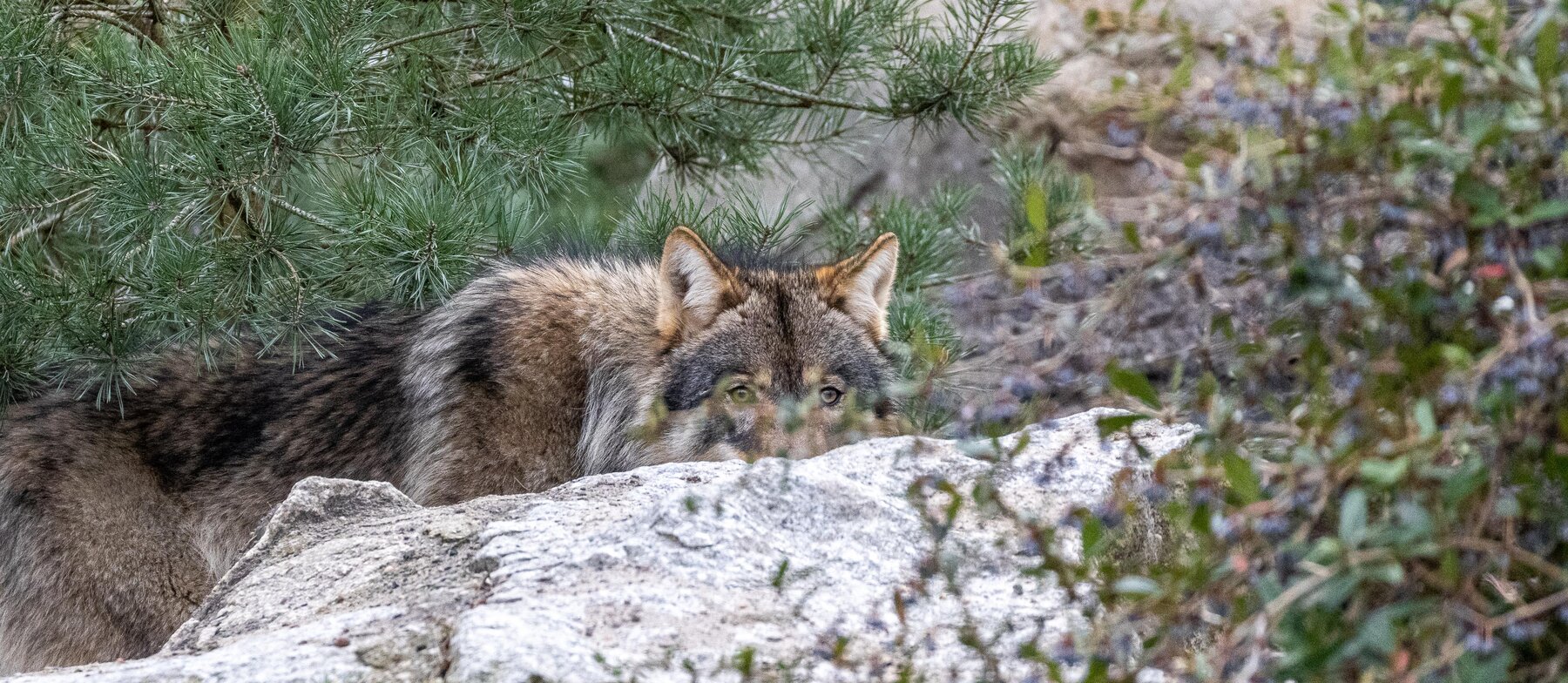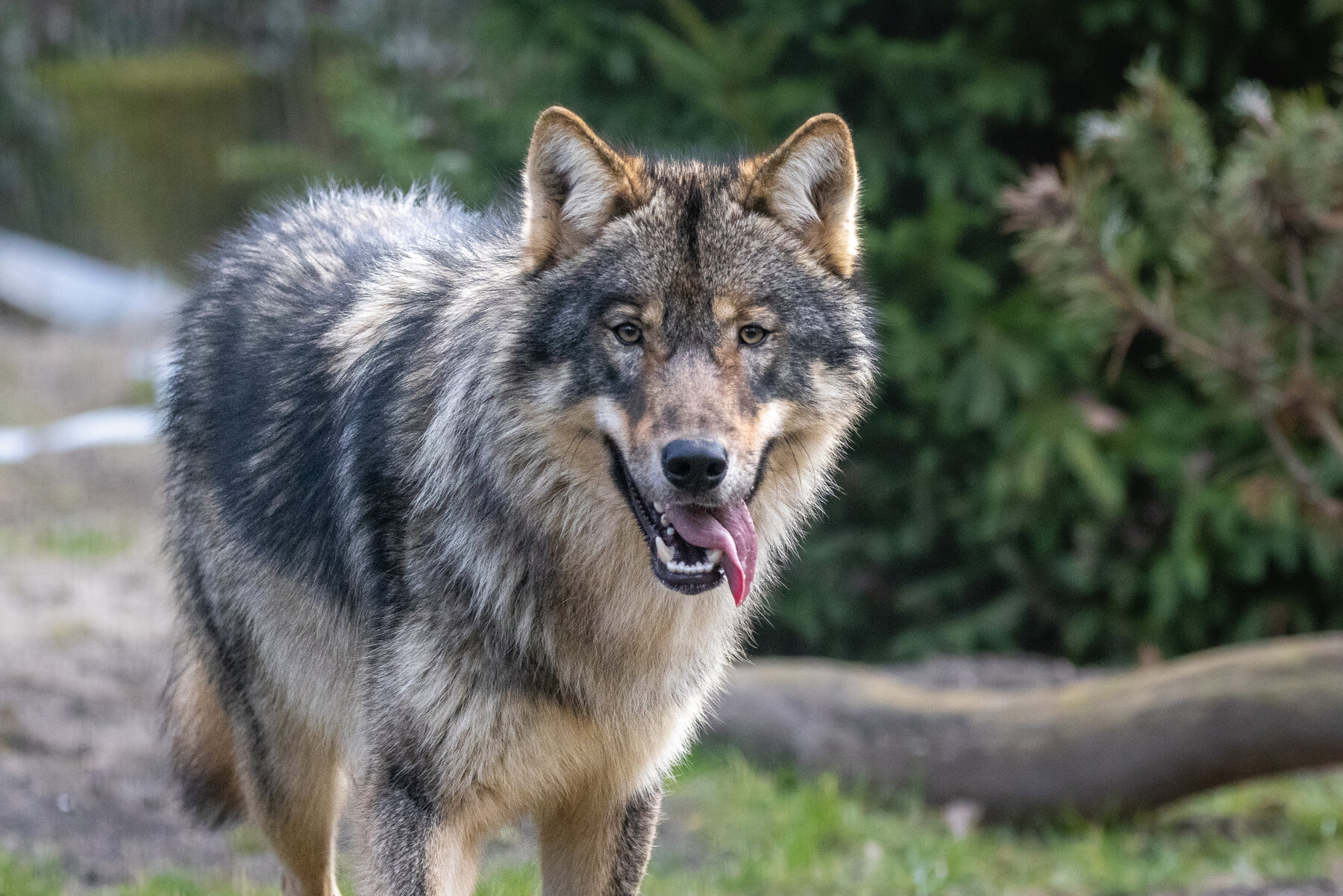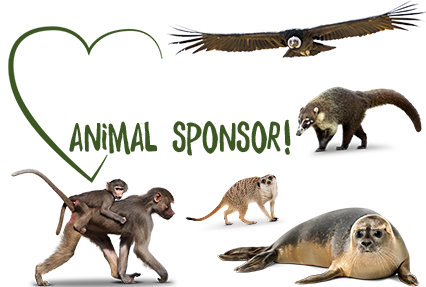
Gray Wolf
Canis lupus lupus
Like its cousins the coyote and the jackal, the Eurasian wolf belongs to the canine family – as do pet dogs, all of which are in fact descended from wild wolves. They were deliberately bred by humans for their own purposes over many centuries.
Waste disposal team

Wolves perform an important service for the ecosystem. By hunting down sick and weakened prey animals that are easier to catch, they keep wild populations in a healthy balance with their habitats.
Characteristics
- Origin
Across much of Europe and Asia
- Habitat
dense woodland to open grassland
- Diet
ungulates like wild goats, sheep and deer. Less frequently: small mammals, birds, carrion and even berries.
- Status
200,000 to 250,000 worldwide
- Size
1.40 m (shoulder height: 0.80 m)
- Weight
55 kg
- Gestation period
63 to 65 days
- Achievable age
up to 15 years
Threat Categories of IUCN


Did you know that ...
... wolves communicate via complex sounds, body language and smells?
... and their howls can be heard up to ten kilometres away?
